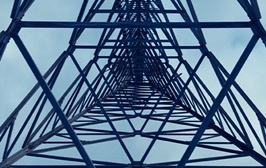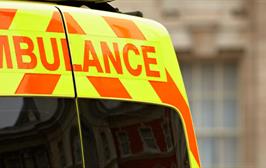Ofcom opens consultation on updated satellite filing procedures
Ofcom has launched a consultation on 31 March 2025 proposing updates to its satellite filing procedures. The changes incorporate new International Telecommunication Union rules from the 2019 and 2023 World Radiocommunication Conferences. Key proposals include requirements for satellite usage history disclosure, non-geostationary orbit deployment milestones, Equivalent Power Flux Density mask submission and orbit deviation reporting. The consultation also clarifies existing processes for government interaction, satellite leasing and space sustainability. Responses are due by 23 May 2025.




